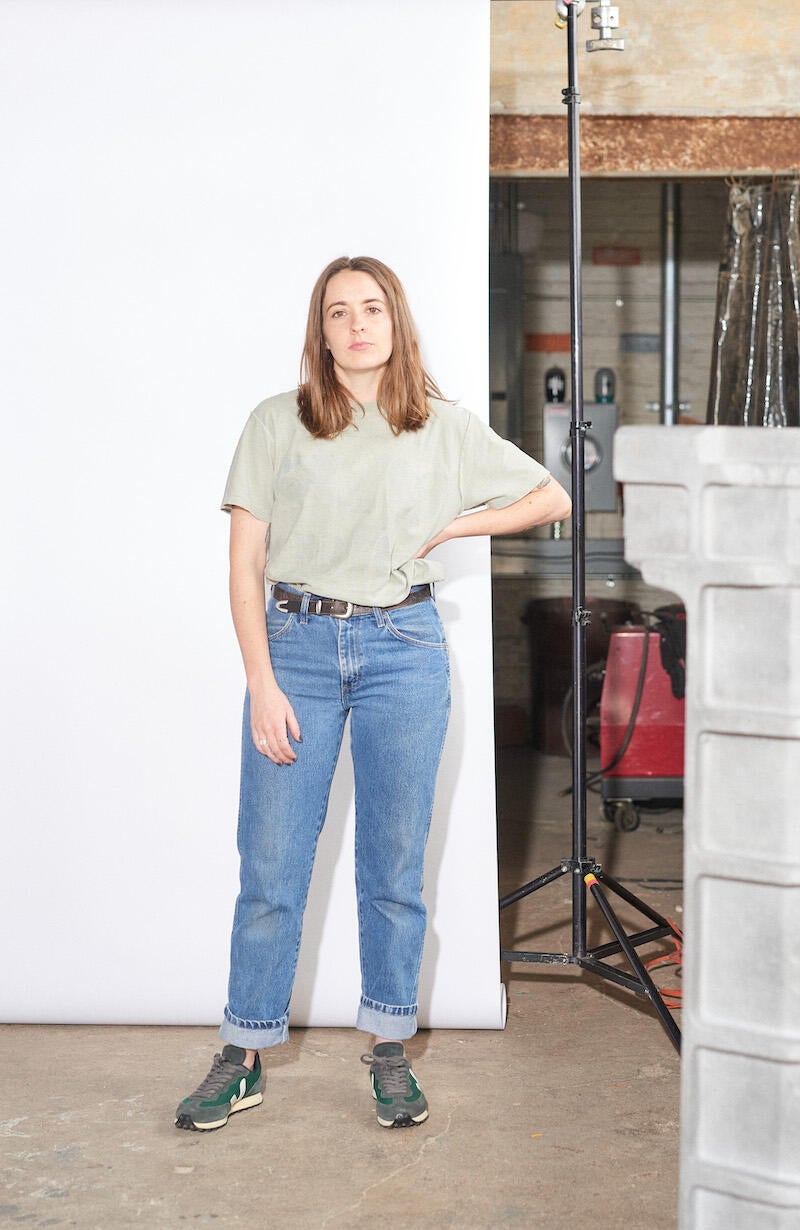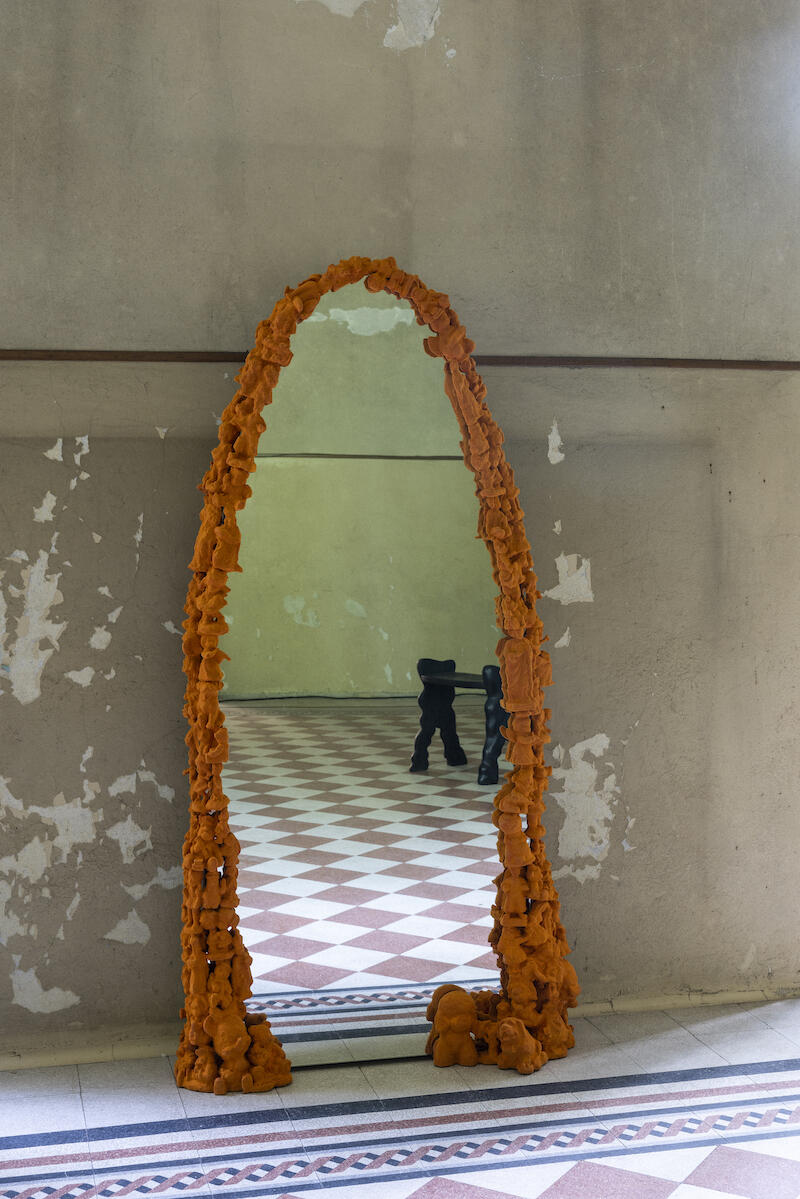Not many people dwell on the items they throw away. But for Brooklyn-based furniture artist Madeline Isakson, she’s centered her whole practice around the memory of the objects that we discard.

As a child, Isakson was always drawn to creative pursuits. Throughout high school, she became involved in performing arts as an actress. Then, one set design course put her on a path toward furniture design, an industry she’d never given thought to but which she quickly grew to appreciate. “Furniture is a really interesting art form,” she tells Business of Home. “Everyone uses it. Plain conceptual sculpture sometimes feels harder to understand, as though it’s in a shroud of mystery. Furniture can be a fun, kind of Trojan horse to get people interested in the things that I’m interested in, but in a way that’s functional.”
After graduating from the California College of Arts in 2014, Isakson moved to Adelaide, South Australia, as a member of the JamFactory center for contemporary craft, a nonprofit makers collective that celebrates crafted objects—furniture, as well as ceramics, glass and metal—in daily life. For two years, she continued to develop her woodworking skills while working with clients, an experience that later proved invaluable. “Through the JamFactory, you work on commissions designing what the clients want,” she says. “That was a really good hands-on experience. In school, you’re in a kind of vacuum, and it’s hard to understand how commissions work, how to do [something] other than making what you want.”
The JamFactory was also where Isakson branched out from traditional woodworking to find her more sculptural, present-day style. Upon moving back to the U.S., she took a job working at Los Angeles–based firm Mashstudios, which specializes in custom office furniture, but found that her creativity as an independent maker wasn’t flourishing. “Being behind the computer for 12 hours, it’s totally digital—there’s no hands-on experience, and you spend a lot of time designing something that, ultimately, may or may not get made,” she says of her growing discontent at the time.

In June 2023, Isakson moved her practice to Brooklyn, a shift that prompted her to zero in on a more consistent aesthetic. “Before, it was like, I’ll just make what I can when I can,” she says. “Now I’m really trying to make the step toward something that’s more cohesive.” Isakson describes herself as a “garbage enthusiast,” inspired by her own observations of the American consumer and the waste generated from that consumption. “I’ve always been really interested in found objects, reusing materials and the nostalgia of middle-class America,” she says. Using old collectible figurines, discarded cardboard and other collected ephemera, she begins by manipulating each material as part of her process. From ceramic cups cast from crumpled aluminum cans and a table lamp cast from Styrofoam scraps to the McBlock, a resin cinder block filled with the leftovers of McDonald’s takeout meals, Isakson takes what may seem like refuse—or, in the case of the McDonald’s meals, is actual trash—and immortalizes it as an artful object.
“I use a lot of kitsch figurines, and the nostalgia of these things that are mass-produced for this weird consumer—we imbue this value on [these items], but when you look at them altogether, they’re valueless,” says Isakson. “A general theme at play is cultural memory. Even if your grandma didn’t collect dog tchotchkes, someone can see [my work] and place it.”
Currently, Isakson is balancing her practice as a furniture designer with a career in education, working with students at New York’s Pratt Institute, balancing inspiring the next generation of creative thinkers with her ongoing exploration of American culture. “I could spend the rest of my life trying to figure this out,” she says. “These are massive themes that I may never fully grasp. [But] hopefully those things come as I make more work.”
If you want to learn more about Madeline Isakson, visit her Instagram or her website.
Homepage image: A chair from Isakson’s 2023 collection | Erik Henderson





























